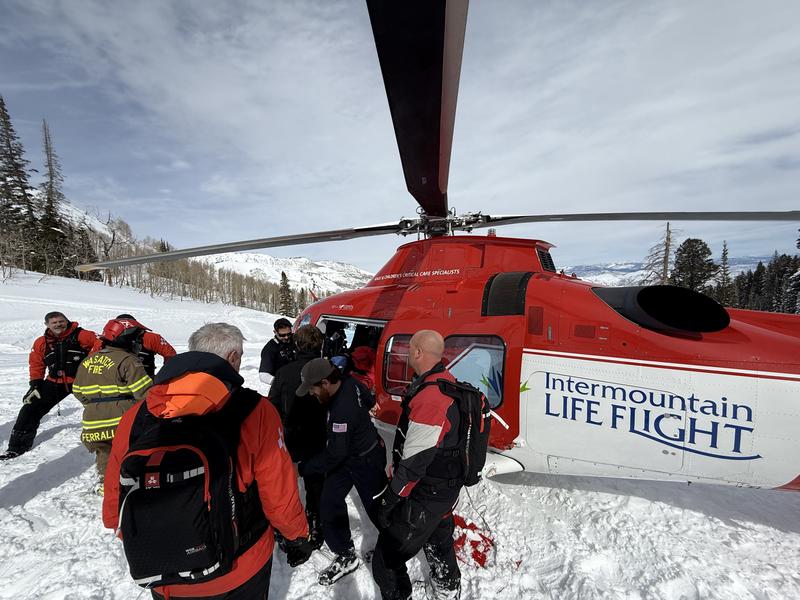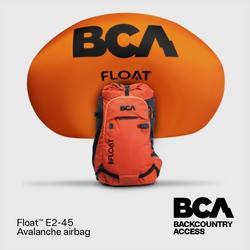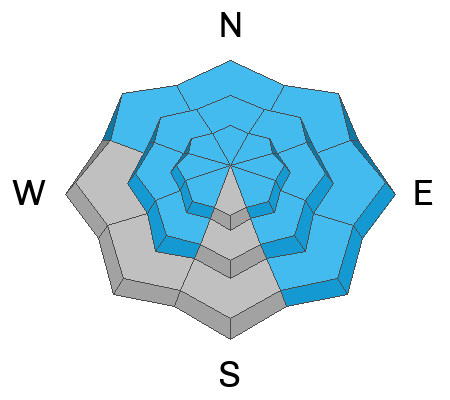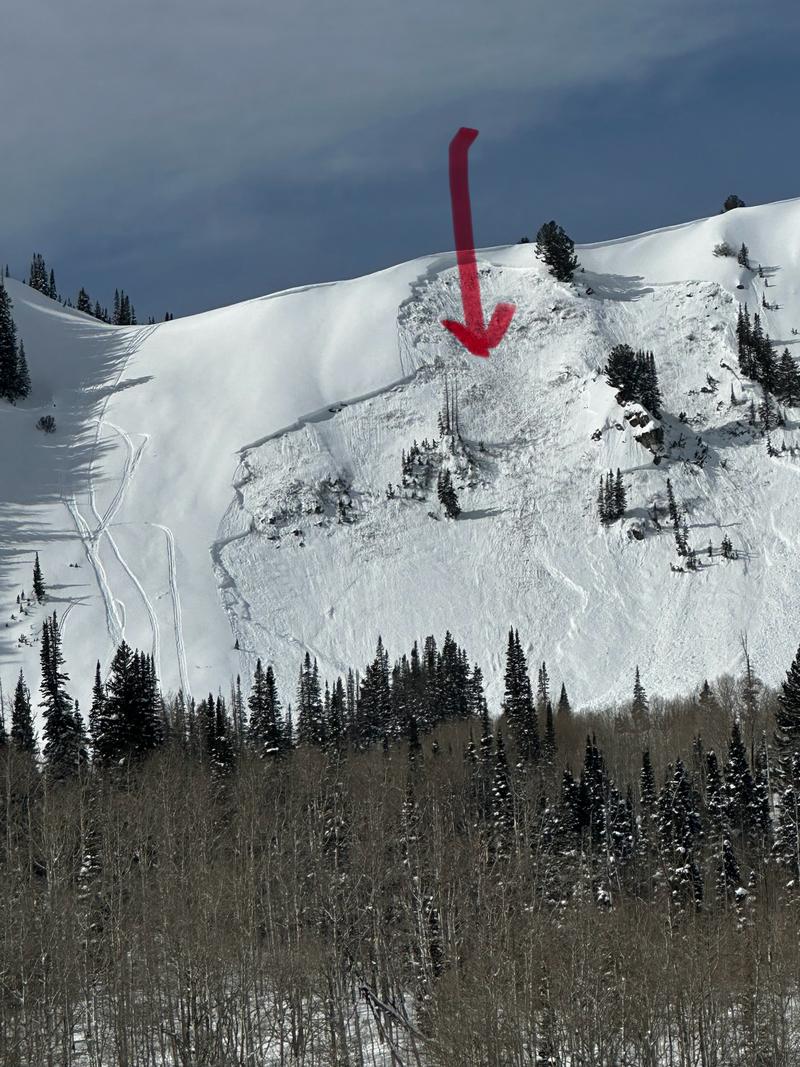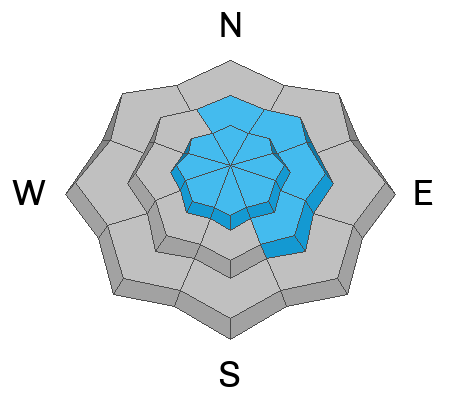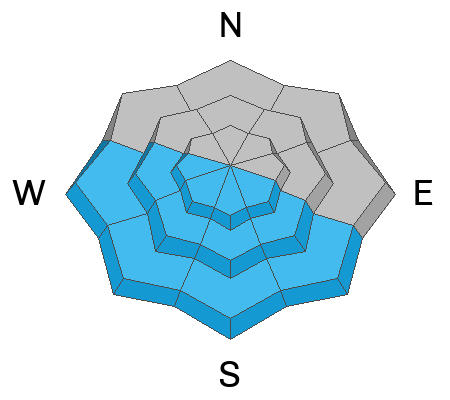Forecast for the Salt Lake Area Mountains

Issued by Trent Meisenheimer on
Sunday morning, February 23, 2025
Sunday morning, February 23, 2025
The avalanche danger is CONSIDERABLE on slopes at the mid and upper elevations facing west, northwest, north, northeast, east, and southeast. Here, slab avalanches may break down several feet deep into weaker layers in the snowpack. Human-triggered avalanches are likely.
These are tricky and dangerous conditions that require careful and continual evaluation of the snowpack and terrain.
These are tricky and dangerous conditions that require careful and continual evaluation of the snowpack and terrain.
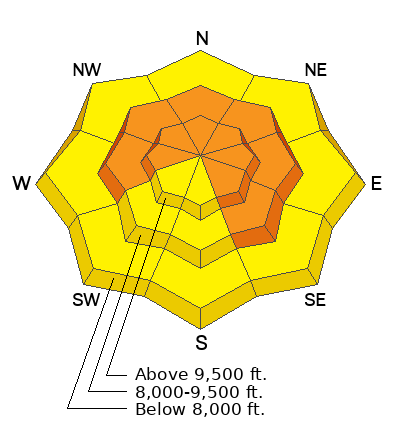
Low
Moderate
Considerable
High
Extreme
Learn how to read the forecast here



